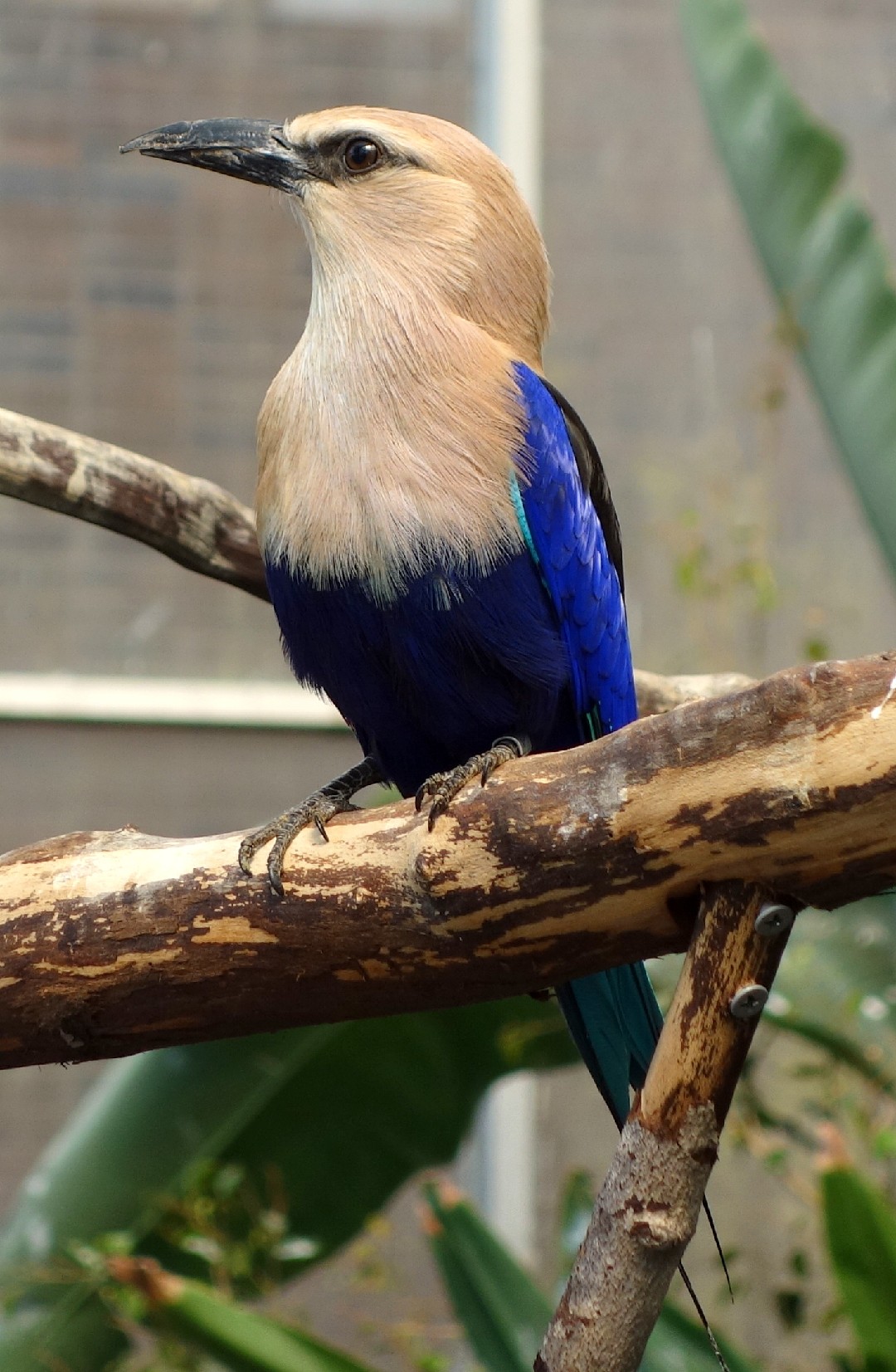Blue-bellied Roller
A species of Typical Rollers Scientific name : Coracias cyanogaster Genus : Typical Rollers
Blue-bellied Roller, A species of Typical Rollers
Botanical name: Coracias cyanogaster
Genus: Typical Rollers
Content
Description General Info
Description
The blue-bellied roller is a large bird, nearly the size of a jackdaw at 28–30 cm. It has a dark green back, white head, neck and breast, with the rest of the plumage mainly blue. Adults have 6 cm tail streamers. Sexes are similar, but the juvenile is a drabber version of the adult. The blue-bellied roller is striking in its strong direct flight, with the brilliant blues of the wings contrasting with the dark back and cream colored head, and the tail streamers trailing behind. The call of blue-bellied roller is a harsh clicking ga-ga-ga sound. 
Size
30 cm
Life Expectancy
5‑15 years
Nest Placement
Cavity
Feeding Habits
Blue-bellied Roller mainly feeds on large invertebrates and small vertebrates, including mantises, grasshoppers, beetles, and skinks. During foraging, it captures winged termites mid-flight, displaying unique hunting skills. Occasional nuts from oil palms supplement its diet.
Habitat
The blue-bellied Roller primarily occupies mature Isoberlinia woodlands, derived savannas near the rainforest zone, and burnt-over clearings. It also frequent groves near marshes and streams, and gallery forests along the Guinean savanna woodlands. These habitats often include significant tree cover, but blue-bellied Roller adapts to areas with vegetation degradation, such as the Lophira belt.
Dite type
Insectivorous
General Info
Feeding Habits
Bird food type
Behavior
The display of this bird is a lapwing-like display, with the twists and turns that give this species its English name. It nests in a hole in a tree - a tree cavity. 
Distribution Area
This is a common bird of warm open country with some trees. These rollers often perch prominently on trees, posts, or overhead wires, like giant shrikes, whilst watching for the grasshoppers and other large insects on which they feed. 
Species Status
Widespread and common throughout its large range, the blue-bellied roller is evaluated as Least Concern on the IUCN Red List of Threatened Species. 
